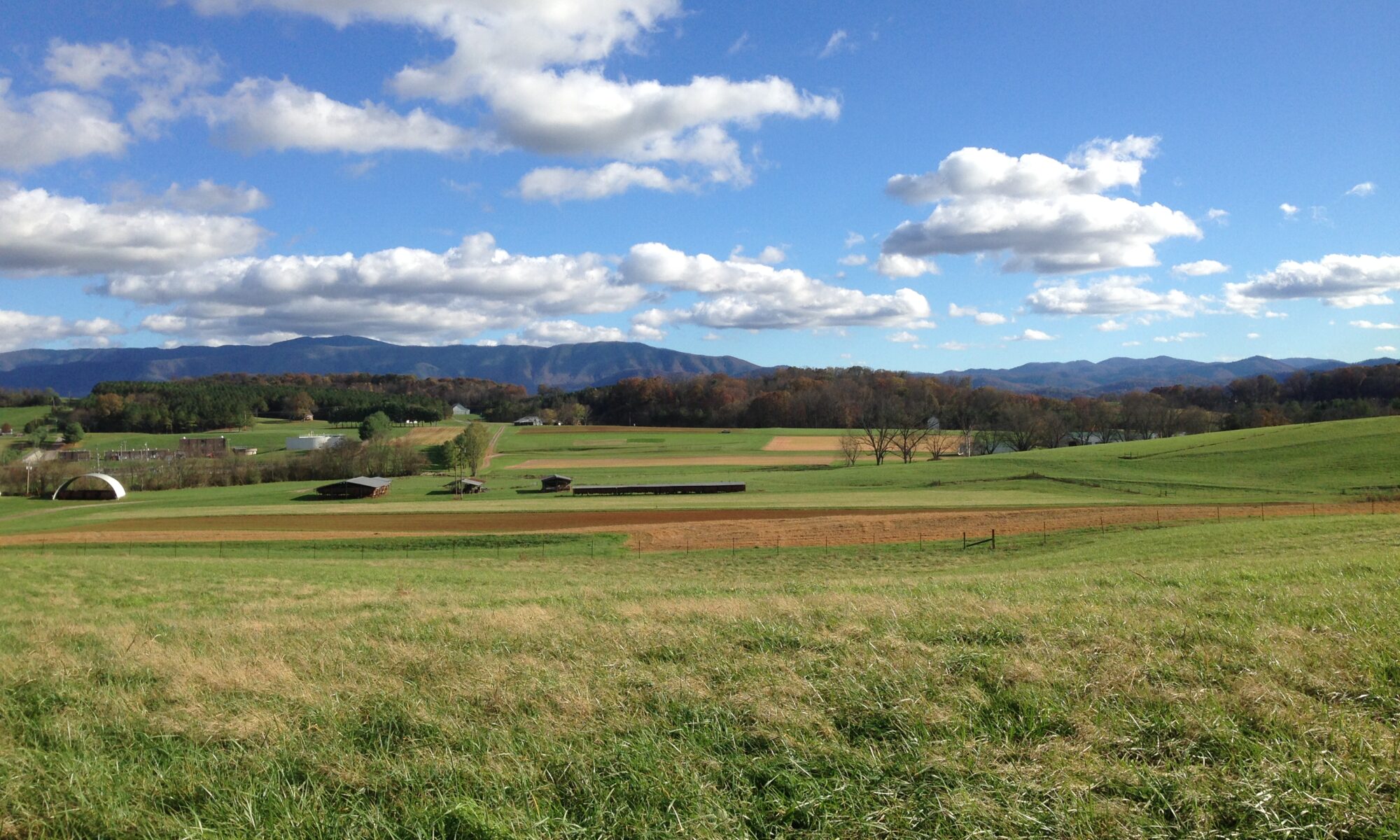

Dr. Andrew Griffith
Assistant Professor
Department of Agricultural and Resource Economics
P: 865-974-7480
A common subject this fall has centered on pasture rental rates and agreements. There seems to be more focus on the rental rate and less focus on the total agreement. The money side of a rental agreement tends to be the focal point, but the ancillary parts of the agreement are what determine the final rental rate. Thus, the focus of this article is to provide information on rental agreements and rates for pasture in Tennessee, but this information can easily be applied to cropland or land in other states.
Based on data from USDA-NASS for 2023, the average pasture rental rate for Tennessee was $23 per acre with county averages ranging from $10.50 to $49 per acre. Despite this range, there are certainly pasture rentals rates where the renter pays nothing directly to the landowner and rates that exceed $100 per acre cash payment. With the understanding that most people are primarily concerned with the dollar amount, it is important to note some of the attributes that influence the rental rate.
There are at least two viewpoints in a rental agreement, the landowner and potential tenants. The landowner needs a rental rate that pays for all annual costs associated with owning the land plus being compensated for the assets and resources on the property. The potential tenant is concerned with the resources available on the property and how they will contribute to generating revenue in the livestock operation. Some important resources influencing the rental rate include but are not limited to the grass stand and the types of forages, fences and cross fences, water sources and their locations throughout the property, working facilities, structures for hay, feed and equipment storage, total number of acres, length of the agreement, and proximity to other land being utilized for similar purposes. Some additional factors that may be important to the landowner include maintaining soil fertility, maintaining the grass stand, maintenance of infrastructure, and that the property remain aesthetically pleasing.
As landowners and tenants work on an agreement, it is important to establish expectations of both parties and what they contribute to meeting the goals of both parties. As goals and expectations are established, this may result in additional costs to one party over another, which means the rental rate could be impacted. For instance, if a landowner desires the tenant to do something to the land that returns the tenant nothing then the landowner may have to be willing to accept a lower rental rate. Similarly, if the landowner takes on responsibilities for the tenant then the rental rate may need to be increased.
There are many resources available concerning lease agreements including aglease101.org. This website contains several publications concerning agricultural lease agreements and templates for written agreements. There are also several publications and agreement templates available through the Department of Agricultural and Resource Economics at the University of Tennessee. Despite there being a considerable quantity of resources on these websites, there is no one size fits all agreement to establish rental agreements. In fact, most agreements are vey specific to a situation.
As landowners and tenants think about what are fair and equitable rates and agreements, it is important that both parties be satisfied with the rental rate and the expectations. The best place to start for both parties is determining the costs they will have and what rental rate will provide a positive return. This is not always easy, and it is rarely a process people desire to go through. However, it certainly aids in constructing a satisfactory agreement.
There are many methods to establish pasture rental agreements with a cash rental rate being the easiest. However, other agreement structures may be more appropriate for one or both parties involved. The primary objective of a lease agreement is to establish the expectations of both parties and attempt to structure it in such a way the landowner and the tenant can be successful in achieving their individual objectives. This is much easier said than done, because this is a process than can take work. The last take home is that some people are easier to work with than others, and it is much better to fail to come to an agreement than make an enemy down the road.